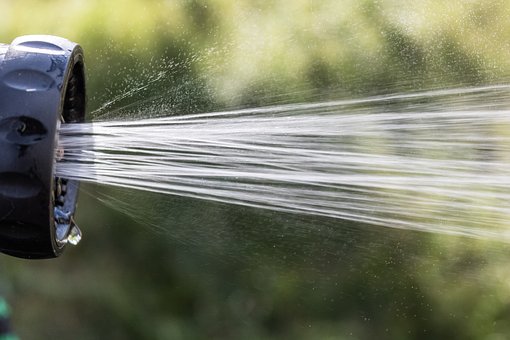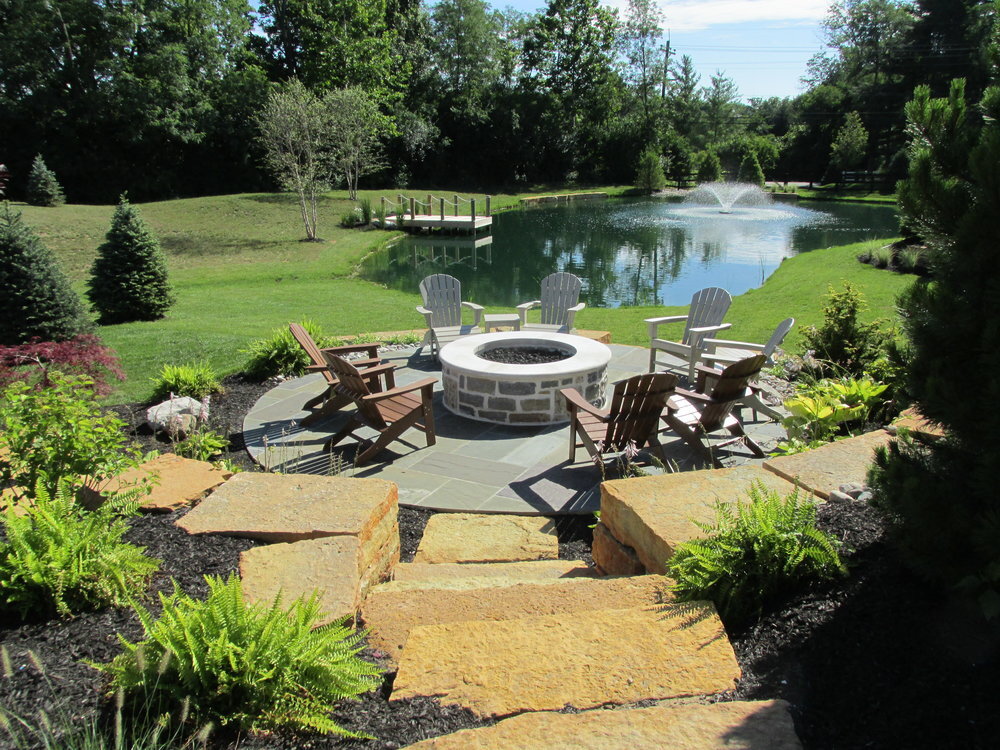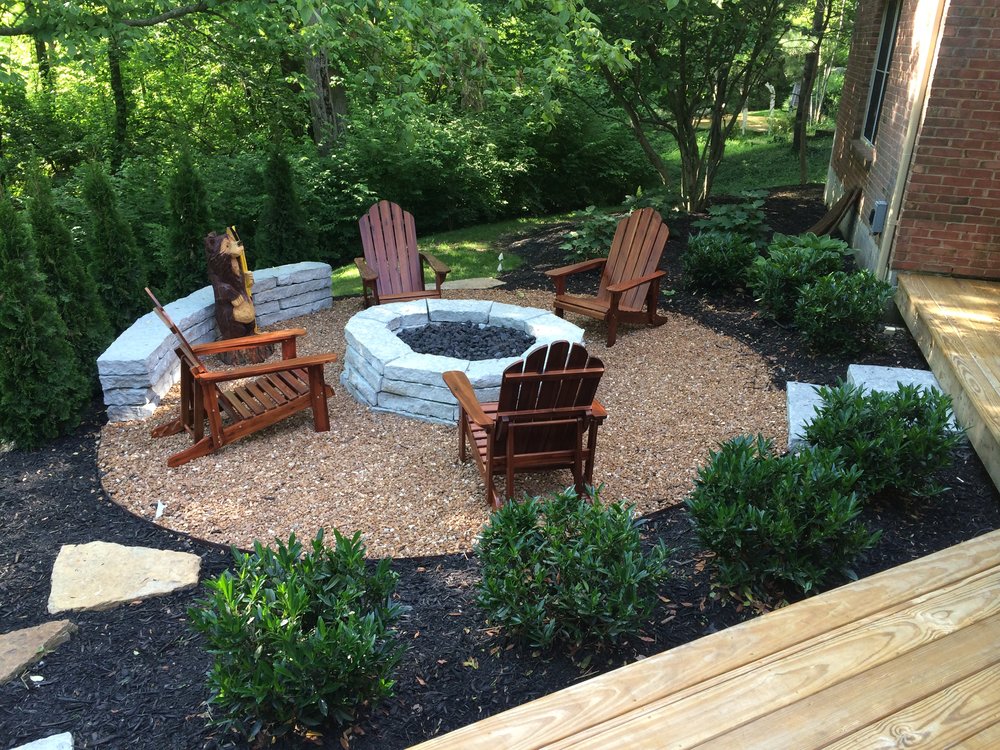As you spend more time in your outdoor living spaces, the issue of privacy might be coming up. Maybe you don’t want the neighbors seeing or hearing every minute of your next cookout. Or your deck might look out on a view that’s less than picturesque. Whatever your circumstances, using plants or trees to create privacy screens is an effective option.
Some shrubs or trees make perfect privacy screens because they grow quickly in height or width. Other plants, such as vines, are a welcome addition to an outdoor structure like a fence or pergola. By covering the structure during warm weather months, these climbing plants increase privacy, offer shade and add beauty. Some even provide colorful and fragrant flowers.
For inspiration, take a look at these plants and trees for privacy suggested by HGTV.
HGTV photo
Wall to Wall Privacy Screens
Formal gardens have traditionally used boxwoods or privets to bring definition to an outdoor space with living “walls.” You can use the dense growth of these plants to help block sightlines or strong winds in your landscaping, too. Keep in mind that hedges like these require regular pruning to maintain a crisp look and uniform shape.
Better Homes & Gardens suggests these shrubs and vines for hedges.
Better Homes & Gardens photo
When you’re ready to make changes to your landscaping for privacy (or any other reason) we’d be honored to help. We specialize in landscape design and install the highest quality plants and trees that are proven to thrive in our Cincinnati climate.
Contact us today and we can schedule a meeting at our office or right in your backyard.

































